1969
One of the unique aspects of the Black Panthers as a political project was their emphasis on the cultural component of revolutionary work. In addition to community-based education and social programs for both children and adults, the Panthers had a house band (The Lumpen—check them out), and a Minister of Culture, the groundbreaking Emory Douglas, whose art for The Black Panther newspaper created a visual context for black liberation. Douglas’ political art came honest. His own impoverished childhood in the Bay Area was interrupted by a spell in a juvenile detention center, where he found a niche in the prison print shop. He later studied commercial art at San Francisco City College, which is where he joined the Black Students Union before being appointed Minister of Culture.
Douglas’ work is incredibly distinctive, often produced with very little budget or time. He favored bold, organic lines, thoughtful collage-work and saturated colors, creating imagery of both dignified black people and cartoonish political antagonists (often soldiers, cops or politicians depicted as rats or pigs). You’ll notice a lot of weapons—remember, the original name was “The Black Panther Party for Self-Defense,” and much of the original intent was protecting black communities from police harassment—but Douglas was also invested in producing joyful or righteous images of hope. Douglas struck a perfect balance between optimism and realism, a negotiation that produced an enormous and varied body of work that still bore his unmistakable style.
Though Douglas continued producing art well after the Panther’s dissolution (most notably for the black-oriented newspaper, The San Francisco Sun Reporter) the work below is all from his tenure as Minister of Culture (between 1967 and the 1980s, though the dates for individual works are often unavailable or contested.). It’s only been since the 2000’s that Emory Douglas’ work has been curated into larger retrospective exhibits, and only since 2014 that his work has been collected into a (fantastic) book, Black Panther: The Revolutionary Art of Emory Douglas
1969
Date unknown
The text says, “We are from 25 to 30 million strong, and we are armed. And we are conscious of our situation. And we are determined to change it. And we are unafraid.”
The speech bubble reads, “I Gerald Ford as the 38th Puppet of the United States.”
The button reads, “For every pork chop there’s a frying pan,” a reference to cops
1969
It's in my eyes, and it doesn't look that way to me, In my eyes. - Minor Threat
Saturday, November 15, 2014
BLACK PANTHER:
The Revolutionary Art of EMORY DOUGLAS
from Dangerous Minds
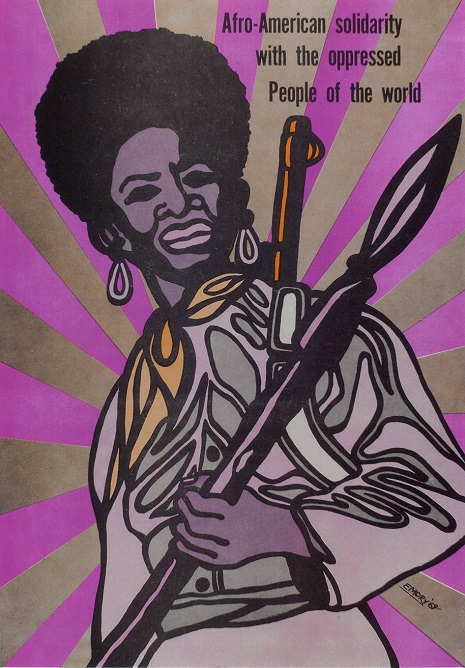
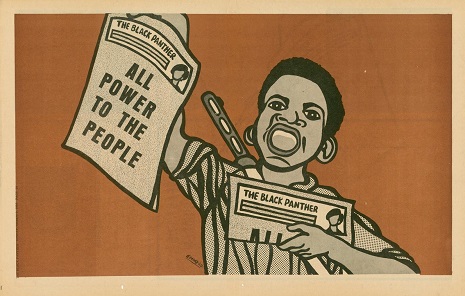
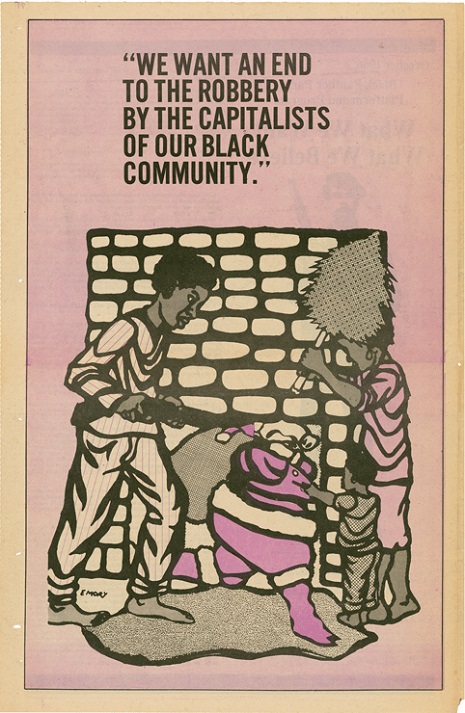
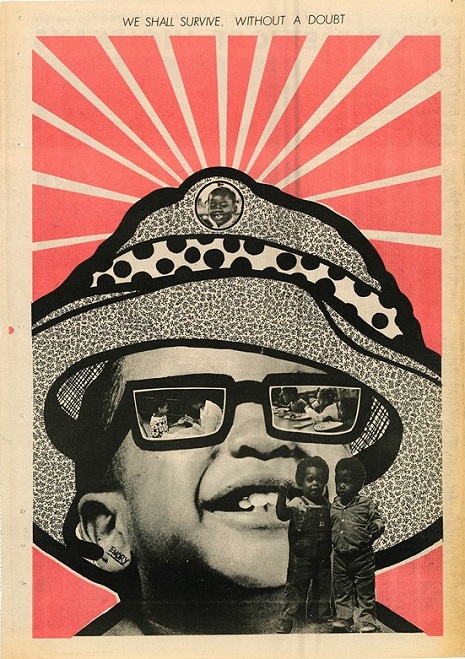
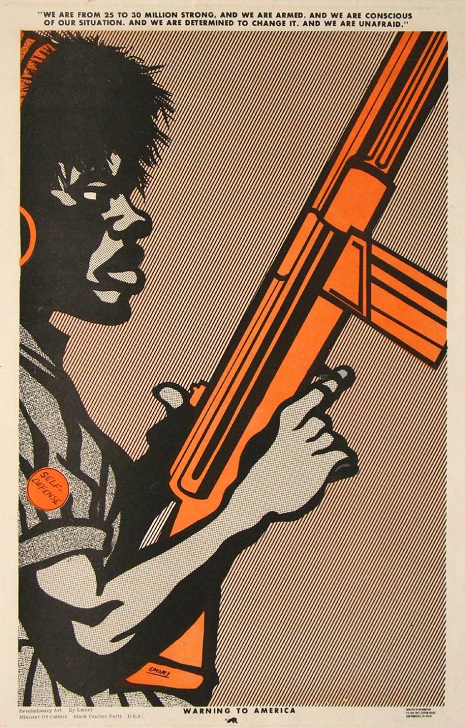

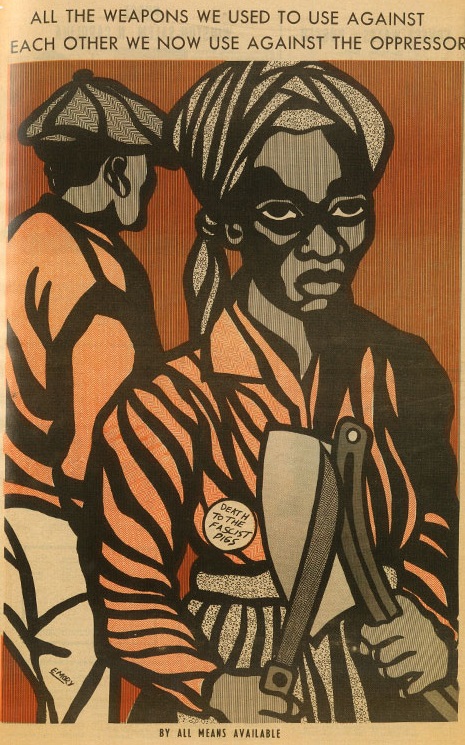

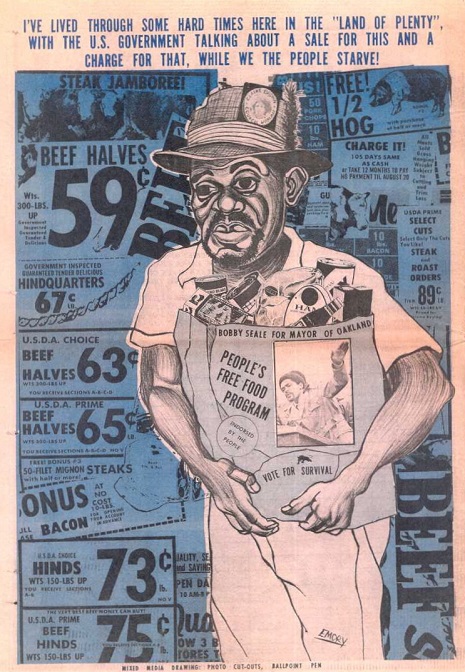
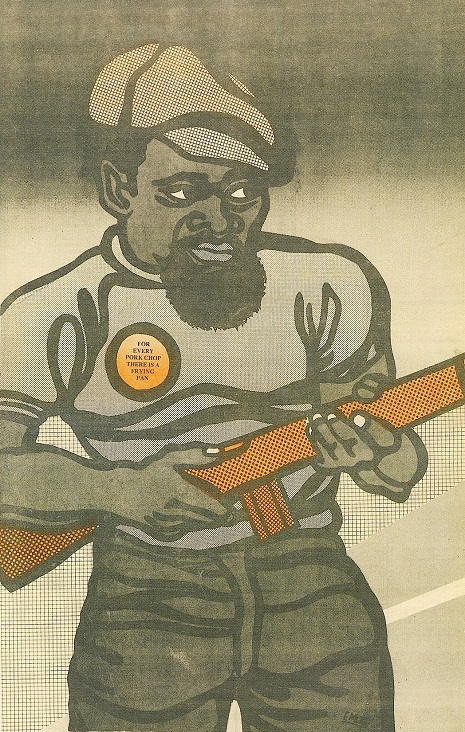
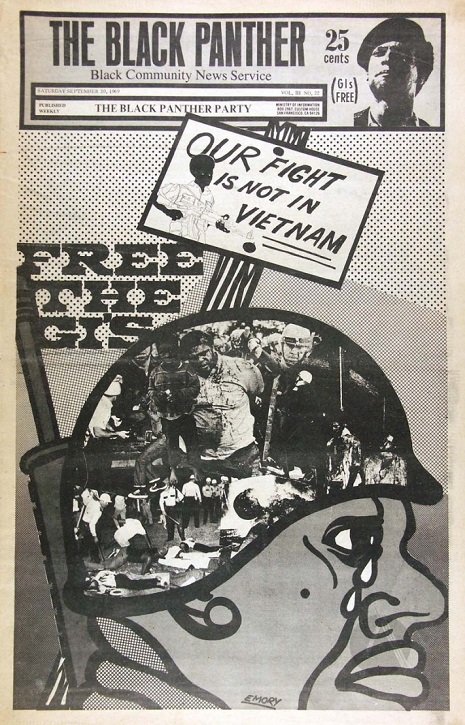
No comments:
Post a Comment